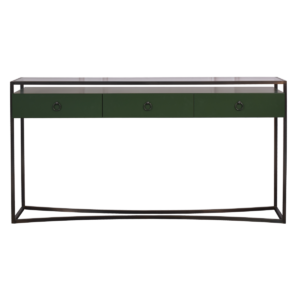
It is the coexistence of all styles of furniture with designers’ original creations. Thanks to recovery and accumulation of various objects people re-create their interior by mixing different styles.
It dates from the same time as the Decorative Arts , with which it marks a philosophical rupture. This style is characterized by the search for rationalism and draws on industrially and functional shapes of Bauhaus . Architects like Le Corbusier , extend their architectural designs to interior and furniture.
Art Deco , short for Decorative Arts, first appeared in France just before World War 1 and began flourishing internationally in the 1920s. The style is characterized by rich colours, bold geometric shapes and lavish ornamentation. Art Deco emerged when rapid industrialisation was transforming culture. Art Deco distinguishes from the organic motifs favoured by its predecessor Art Nouveau.
The Empire style is a style of furniture and decoration in vogue from 1803 (after the campaigns of Egypt and Italy) to 1821. It was clearly influenced by the emperor Napoléon 1er, who imposed his taste for massive and imposing elements. The cabinetmaker Jacob Demalter and the bronze workers Thomire and Ravrio were the main contributors.
This style is influenced by the Italian Baroque style. The East India Company imports new objects, and creates a taste for Natural History. Imagination is the basis of this decorative style. Contrast and asymmetry are its essential features.
It is directly inspired by the decorative arts of the Italian Quattrocento born in the sixteenth century. Antiquity become the main source of inspiration. Renaissance style emphasis on symmetry, proportion and geometry. Artists used the decorative antique repertoire such as fluted columns and pilasters, cornice and pediments.